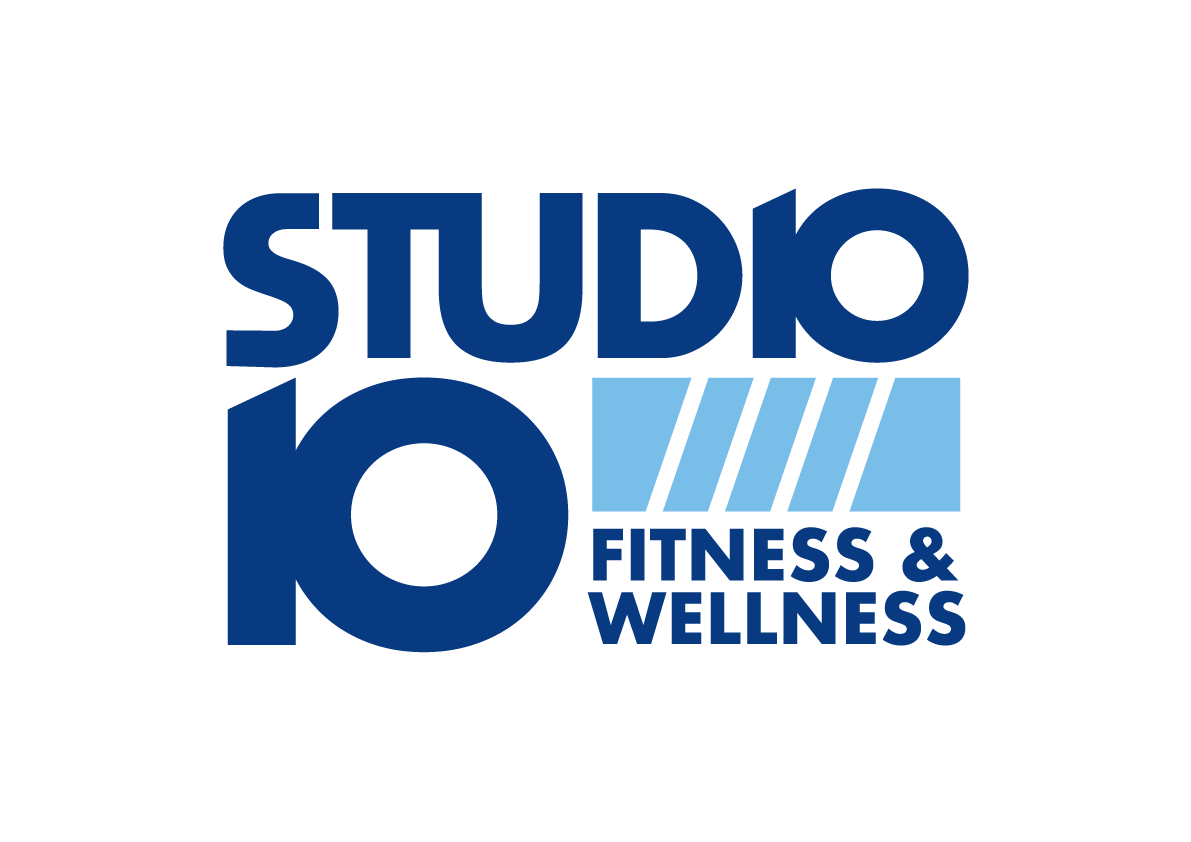Stop doing full sit ups for a flat belly; especially if your back hurts.
A classic exercise, the full sit-up has been the mainstay of abdominal training as long as I can remember. From PE lessons at school, rugby training, and even my own circuit classes in the early days of my career, the sit up was the no-brainer, go-to exercise for an athletic looking midriff. But before you get on the floor and begin your next set of 50, there are a few things you should know about this humble movement.
The Full Sit-Up has long been a mainstay of abdominal training and muscular endurance testing.
First of all, despite it's legacy, the sit-up will not burn fat from your belly. Well, not on its own at least. The myth that you can spot reduce fat from your body with specific exercises is often suggested in the marketing blurb of various workouts, but sadly, it's simply not possible. When fat is burned from the body as a fuel, it will reduce from wherever it's stored. This could be thighs, butt, arms, chest, belly, back - with some areas being more stubborn than others. But the places on your body you burn fat from cannot be dictated by your exercise routine; fat is burned as a fuel during aerobic exercise like walking, running, swimming, cycling etc. Sit ups, along with other exercises, could form part of a fat burning aerobic circuit, but as a stand alone exercise, it's unlikely anyone could do enough to produce a useful fat melting effect.
Secondly, current research suggests that the full sit up may put excessive loading on your spine that could cause or contribute to lower back pain. In his book, Low Back Disorders, Dr. Stuart McGill, professor of spine biomechanics at the university of Waterloo, Ontario, Canada, notes that "The National Institute of Occupational Safety and Health has set the action limit for low back compression at 3,300 Newtons; repetitive loading above this level is linked with higher injury rates in workers”. The traditional bent knee sit up will create a load in excess of this limit (straight leg sit-ups create even higher loading), so with repetition, this could lead to pain or injury. To make matters worse, the sit up is often performed in an erratic, bang-out-as-many-as-you-can fashion, which only adds an element of unpredictability to the mix. Evidence also suggests that the muscle most people are targeting during the full sit-up, the six pack muscle, or rectus abdominus, is working no harder than it is during safer versions of the movement. This is because much of the work done during a full sit-up is carried out by the psoas muscles, or hip flexors, which contribute greatly once the lower back is off the floor and will do little in your quest for a washboard stomach.
As someone who has suffered lower back pain, anything I can do to limit the risk of me or my clients developing it, is a priority in my training sessions. Research shows that the 'six-pack' area can be just as effectively worked by using exercises that do not put an excessive loading on the spinal tissues. These include movements like the curl-up (lower back remains on the floor), the plank, and more advanced movements like the Pallof press. But even these need to be done correctly: the plank, for example, is often poorly executed without good instruction - it’s not quite a simple as propping yourself up on your elbows and toes...
So if you’re after a flat belly, then combine sensible nutrition with a good programme of aerobic exercise, and look at safer ways to train your abdominal muscles. The video below shows the McGill Curl-Up, which is a great way to work your abdominal muscles without putting excessive pressure on your lower back.
Dylan
